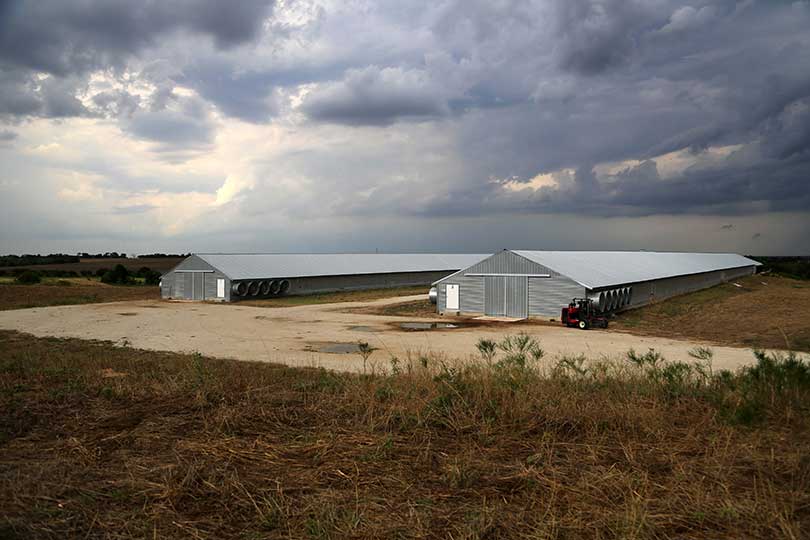By Jessica Domel
Multimedia Reporter
The nation is another day closer to a vaccine for Highly Pathogenic Avian Influenza (HPAI), the virus that has led to the deaths of nearly 60 million chickens and other poultry.
“I’d say we are probably 18 months or so away from being able to identify a vaccine that would be effective for this particular HPAI that we’re dealing with,” U.S. Secretary of Agriculture Tom Vilsack recently told the House Committee on Agriculture. “Now the problem, of course, is it mutates. So, you have to basically create ultimately a vaccine that is available for all strains.”
The second issue, Vilsack said, is how the vaccine will be delivered.
“Do you deliver it in a way that is efficient and effective and less expensive, or is an injection required? When you’re talking about hundreds of thousands of birds, that’s difficult. We’re trying to develop that process for distributing the vaccine,” Vilsack said.
HPAI has been found in wild birds, backyard flocks and domestic poultry across the United States.
The virus has been found in every state except Hawaii.
It is often fatal to chickens.
“I think it is a terrible situation. Just devastating the industry and devastating to these growers that have to, as of right now, the only real solution when we have an outbreak is total depop (depopulation),” Congressman Dusty Johnson of South Dakota told the House Ag Committee.
While the industry awaits a vaccine for HPAI, one concern is the potential impact it may have on trade.
“We still have work to be done on how to actually administer it, and we are nowhere near being able to do it from a standpoint of the impact of trade,” Vilsack said. “We would have a circumstance where if we vaccinated today, I think we would have a number of our trading partners say, ‘We’re not interested in your chickens.’”
The U.S. Department of Agriculture will have those conversations with trading partners, Vilsack said.
“There’s a commitment to begin the conversation on the trade side to begin asking our trading partners, ‘How do you feel about this?’ ‘What are your concerns about it?’ So that we eventually, sometime down the road, get to a point where I think you want us to be, but it’s very complex and it’s going to take some time,” Vilsack said.
According to the Texas Animal Health Commission, HPAI is transmitted bird-to-bird through airborne transmission or indirectly through contaminated equipment.
The movement of humans, birds and equipment that may have come into contact with an HPAI-infected bird, along with exposure to migratory waterfowl, can also spread HPAI.
Symptoms of avian influenza may include: sudden death, lack of energy and appetite, decreased egg production, soft-shelled or misshapen eggs, swelling, purple discoloration of wattles, combs and legs, nasal discharge, coughing, sneezing, incoordination and/or diarrhea.
To prevent the spread of HPAI, poultry farmers, including those who have backyard flocks, are encouraged to practice good biosecurity.
The U.S. Department of Agriculture recommends:
- keeping visitors to a minimum,
- washing your hands before and after coming into contact with live poultry,
- providing disposable boot covers and/or disinfectant foot baths for anyone having contact with your flock,
- changing clothes before entering poultry areas and before exiting the property,
- cleaning and disinfecting tools or equipment before moving them to a new facility,
- looking for signs of illness
- and reporting sick birds.
In Texas, sick birds may be reported to any TAHC region office or to TAHC headquarters at 1-800-550-8242.
Additional information on defending your flock from HPAI is available here.
According to HPAI, the avian influenza virus does not normally infect humans. However, sporadic human infections with HPAI have occurred. They say infection of humans typically results from unprotected, direct contact with infected birds.


Leave A Comment